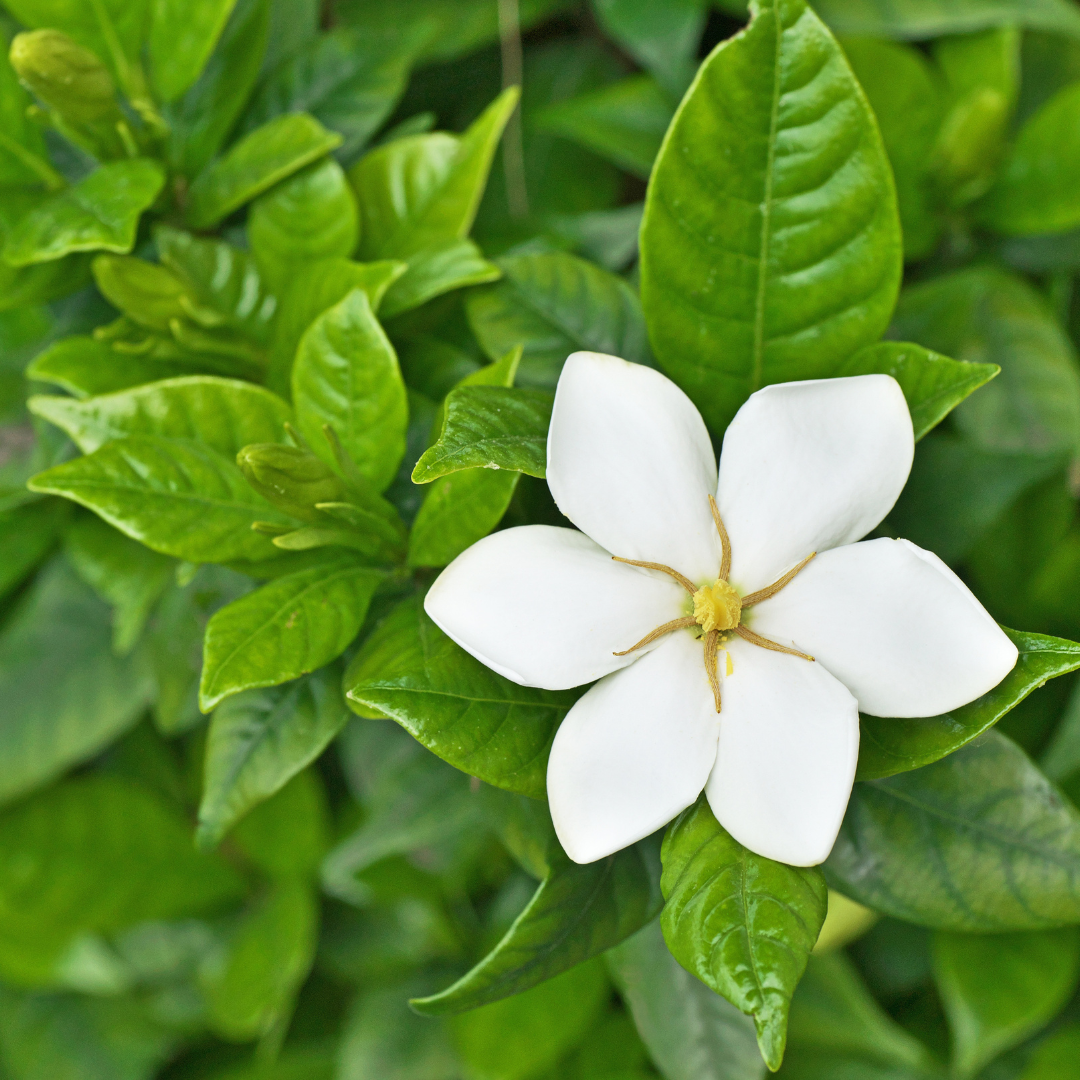How to Grow and Care for Gardenia

Gardenias are colourful, fragrant beauties that are easy to grow. With their vibrant hues and enchanting fragrance, gardenias stand as exquisite wonders that effortlessly grace any garden. They possess a unique charm, captivating enthusiasts and novices alike. What sets gardenias apart is not only their visual appeal but also their remarkable ease of cultivation. Whether you are a seasoned gardener or a beginner, these plants offer a delightful and rewarding experience, thriving with minimal effort. The allure of gardenias lies not just in their blossoms but in the simplicity they bring to the joy of gardening, making them a cherished addition to any green space.
You can grow a gardenia indoors on a sunny windowsill or outside in a protected spot like a sunroom where it can see plenty of sunlight and water. In case you don’t have a sunroom, you can get in touch with companies providing sunroom installations in Ithaca, NY, or nearby. Gardenias require little maintenance, but be sure to trim their long, thick leaves and divide them into new plants every few years. If you love their fragrance, choose to plant two plants to double the fragrance.
Remove rats and other wildlife
Before nurturing gardenias, it’s essential to address any potential pest issues like rats and other wildlife. To safeguard your garden, consider enlisting the expertise of a trusted wildlife and pest control company. They can evaluate your property, devise a tailored strategy, and implement measures to prevent infestations. By proactively managing pests, you’ll create an optimal environment for your gardenias to flourish and thrive.
Use quality compost
This is important for any plant, but gardenia are especially nutrient hungry, so it’s important to set them off on the right foot. Use a compost that’s peat-free and ensure that any added nutrients are bio-available. Some added nutrients in commercial compost is hard for plants to use, so your gardenia may end up yellowing as it struggles to take it up.
Keep the soil moist
Keeping the soil moist is one of the most important steps in the care and maintenance of gardenia. Gardenia plants are very delicate plants, so in order to keep these plants looking their best, they need moisture. Allowing the soil to stay too dry or too damp can cause serious damage to the root system as well as pose a pest problem.
Create humidity for an indoor plant
Gardenias are relatively easy to care for indoors. Most require average humidity to thrive. You may occasionally place the plant in a tray filled with water or mist it. Place the tray in a location where the humidity level will remain relatively constant. Some plants require bright, indirect light, while others tolerate brighter light, but too much sun may reduce the humidity levels too much.
Fertilise every three to four weeks
Gardenias are a hungry plant. They like warm temperatures, lots of sun, and plenty of water. Gardenias also need regular fertilisation, but because the flowers are sensitive, you shouldn’t fertilise the section where the flowers will be. In the garden, gardenias prefer to be planted in the ground where they can receive nutrients, but they also work well in pots if the nutrients are replaced regularly.
Clip faded flowers
As with many plants in the coffee family, gardenia benefit from regular deadheading. To sustain beautiful blooms during the flowering season, deadheading helps to encourage new growth. Not only this, but faded flowers can become messy as they accumulate on the ground, so it’s best to cut them off when you notice them.
Look for harmful pests and remove them
To look for harmful pests, you may need to inspect all parts of the plants, including the stems, leaves, flowers, and roots. Some of the common pests in a garden are wasps, centipedes, and ants. If you find any pests, eliminate them by hand or use a pesticide if necessary. In the case of a severe infestation, you may also need to contact a service provider that provides services for ants, wasps, and centipede control in chattanooga (or wherever you are based). Additionally, regularly check for any signs of damage to the plants, as this could be a sign of a pest infestation.
Protect the plant during cold snaps
Protecting the plant during cold snaps will ensure your gardenia stay looking their best. Cold temperatures can cause damage, so plants with winter hardiness zones 8 through to 10 need protection from freezing temperatures. Coldness can kill gardenia leaves and result in irregular growth. The gardenia plant grows best in warm, tropical climates, so in the autumn and winter, the plant is best brought inside. Since the plant is delicate, it’ll need to be looked after in a thorough manner. And as stated earlier, it is not just the elements that can be viewed as being potentially harmful to it. Pests can also harm the plant by destroying it through the form of insects and mites. So, if you ever feel like you need to avail the service of a pest management company, then consider looking up termite inspection gold coast. This would be very helpful if you happen to live in Australia. If not, then you can consider reaching out to a few other potential pest control services that would be able to help you out in your location.
At the end of the day, gardeners love plants, and rightfully so, but while some plants have a reputation for easy care, others require a little more work. Gardenia is one of those plants; it’s not that hard to grow, but it’s a bit more challenging than, say, a rosemary shrub. However, learning how to grow gardenia won’t just help the overall health of your plant – it will add to the aesthetics of your outdoor space.


